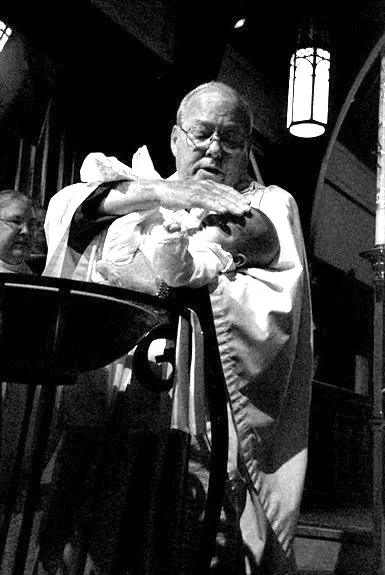Benedictine Life
“Listen carefully, my child to my instructions, and attend to them with the ear of your heart.”
Prologue to Rule of Benedict
Benedict of Nursia in the 6th century tried to follow a spiritual path by himself and realized he had to do this in community. From his awareness, we now have the Rule of Benedict, a way to find and follow God in community, balancing work, study, sleep, worship and prayers, and recreation. This rule has now been used for centuries in Benedictine monasteries. Today people are developing ways to follow a rule as they live in the secular world, still connecting in community with spiritual friends and with spiritual directors.
This prologue to the rule is my favorite part of the rule. “Listen with the ear of your heart.” This is the call to the spiritual life, a way to live in the world still connected to God. First, we are to listen, pay attention. We are to use the ear of our heart. We are to connect to something outside of ourselves, hearing and loving. We hear and listen and learn about love most evidently in community, outside of ourselves.
There are many outstanding books about the Rule of Benedict. I will share three favorites but would like to hear from others about the books that have been most helpful as you try to find your rule of life. The Rule of Benedict, A Spirituality for the 21th Century by Joan Chittister is used by The International Community of Hope, a training for lay pastoral care ministers that also immerses them in Benedictine spirituality. Joan Chittister writes a short meditation after each part of the rule and applies it to our everyday life.
Always We Begin Again, The Benedictine Way of Living is a pocket-sized small book that can be carried with you during the day written by Memphis lawyer, John McQuiston II, which is a modernization of Benedict’s Rule with a sample rule of life.
St. Benedict’s Toolbox is exactly what the author, Jane Tomaine, calls it in her subtitle, The Nuts and Bolts of Everyday Benedictine Living.
All three books are especially good to read together in community, learning and supporting each other.
The Daughters of the King at my previous church and now at St. Mark’s are reading St. Benedict’s Toolbox together. Dennis Campbell, my daughter’s husband and an Episcopal priest, reminds me that The Book of Common Prayer is also steeped in Benedictine spirituality!
Joanna joannaseibert.com


